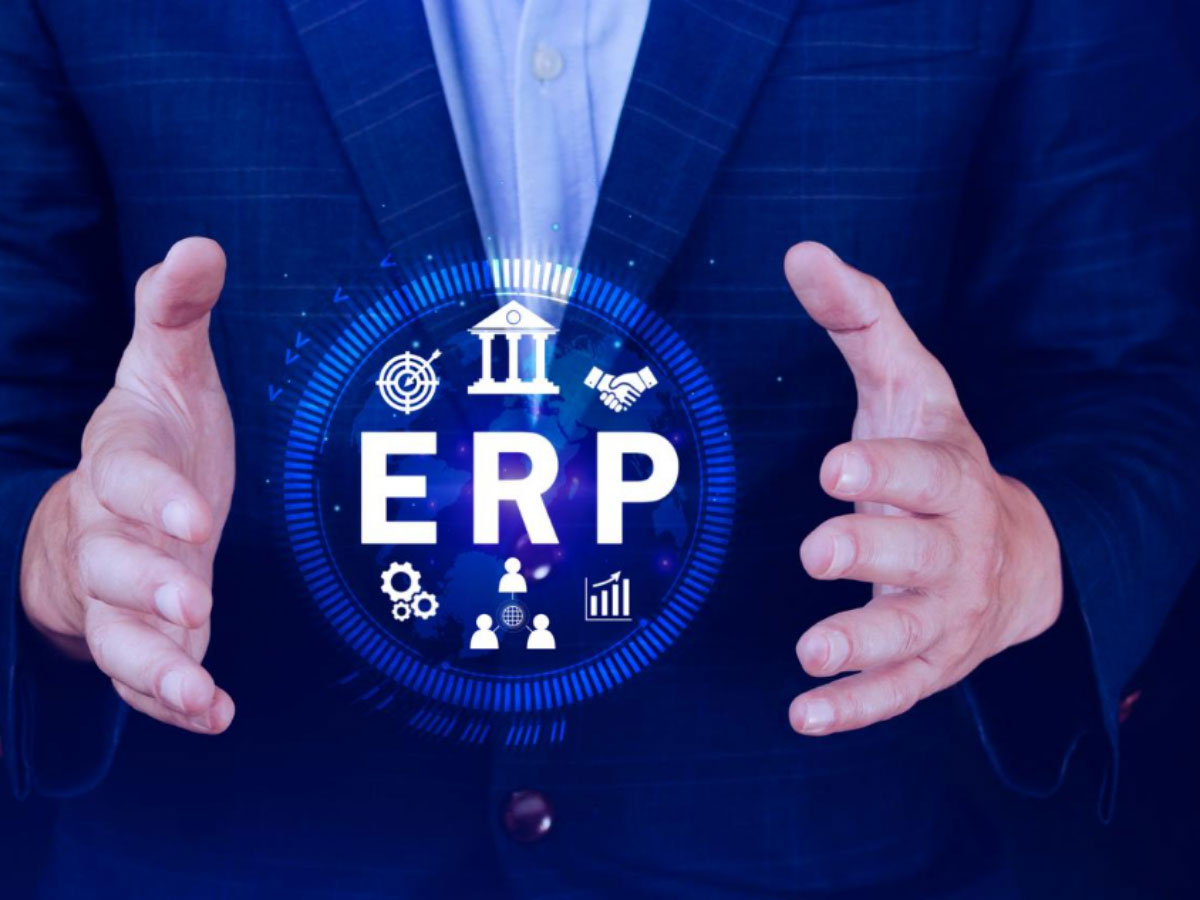A competent ERP system is indispensable for your business. By investing in a good ERP system, business owners can streamline and automate their business processes without a hassle. Thanks to the ERP software development industry. The right ERP can bring about a transformation at your workplace. Handling back-office tasks will become easier, and your employees will be more productive. Not just that, they will also be able to shoulder responsibilities more efficiently.
But it’s possible that you are overwhelmed by all the enterprise software options available today. Thankfully, by creating an IT strategy, you can narrow down the options and save yourself from being subject to unnecessary indecisiveness. A good strategy will help you sort through all the options and find the right ERP vendor as per your company’s needs. However, your strategy will only be reliable when you weigh the pros and cons of different integration strategies and deployment options.
Are you unsure where to start? We’ll help you get started by breaking down the components of an IT strategy.
So, what does an IT strategy mean?
A company’s IT strategy is a plan that directs its investments in technology. It outlines the organization’s short and long-term goals and how it intends to use IT to accomplish them.
It can be difficult to know how technology should be used in support of your business without a proper blueprint. You might feel tempted to buy an ERP system just because it has all the latest features or industry hype. You’ll then spend time, money, and resources to implement it, only to find out it doesn’t meet your needs.
A well-executed IT strategy will result in alignment between business and IT capabilities. Both functions are driven by each other. This means that the tech budgets are used to create value for businesses.
How to know if you should redefine your IT strategy?
Your organization may already have an IT strategy. But then, it’s highly likely that you have an outdated or unclear IT strategy in place.
IT strategy should be an ongoing process and not a one-off event. It should change as your business changes. It needs incremental improvements to ensure that it continues to serve your business and help you achieve your goals.
An IT strategy is important for a company’s growth—
A map is essential for any road trip. So, why should you embark on an enterprise-level project without using a map?
Successful ERP implementation will be based on ensuring that every IT decision is tied back to your organizational capabilities and risk tolerance as well as your goals.
This long-term view can be difficult to maintain when you are focusing on the daily operations that keep your company afloat. With the best ERP selection, you will be able to take a step back and create a strategy to ensure that your present organizational decisions are contributing to the future of your organization you want to see.
Now, the question is— How to find out if your company needs an IT strategy overhaul? Here are the signs—
- If your company is reliant on old enterprise technology, then it’s time you refreshed your IT strategy.
- If your business and IT strategies are not in line with each other, then it’s a sign that you need an overhaul of your IT strategy.
- You haven’t looked at strategic options other than ERP.
- If you don’t have an actionable plan, then it’s time you went for an IT strategy change.
- What are your company’s ROI thresholds? Is your IT strategy meeting them? If not, reconsider your IT strategy.
Although all organizations and companies currently in operation are different, they face identical challenges. But then every company wants to be at the top of the game. This is only possible with the right ERP selection. With proper ERP selection and implementation, you don’t just create an efficient way to access and store information but do a lot more. For instance, ERP software development has helped companies implement IT strategies efficiently. The reason why it’s vital to have a sound IT strategy in place because it, in turn, enables you to choose the right ERP software based on your needs.
To redefine your IT strategy effectively, a solid understanding of your organization’s unique needs and goals is essential. This involves aligning your IT roadmap with your company’s operational demands, strategic goals, and available resources. A well-thought-out IT strategy doesn’t just stop at selecting ERP software; it builds a foundation for the system to grow with your business. ERP selection should prioritize scalability, flexibility, and vendor support, ensuring that as your company evolves, your ERP can adapt and remain efficient.
Evaluating ERP features against your industry-specific requirements is key. For example, a manufacturing business might prioritize inventory management, while a service-based company might focus on CRM capabilities. Customization and integration options are equally crucial, as they will dictate how well the ERP system harmonizes with existing software tools and workflows.
Finally, consider the long-term benefits beyond the immediate advantages. This includes cost savings, operational efficiency, and data-driven insights, all of which contribute to sustainable growth. A deliberate, strategic ERP selection, based on a robust IT strategy, ensures that your technology investments not only meet your current needs but also position you for future success. By doing so, your business remains agile and ready for market shifts, securing a competitive edge in the digital landscape.



